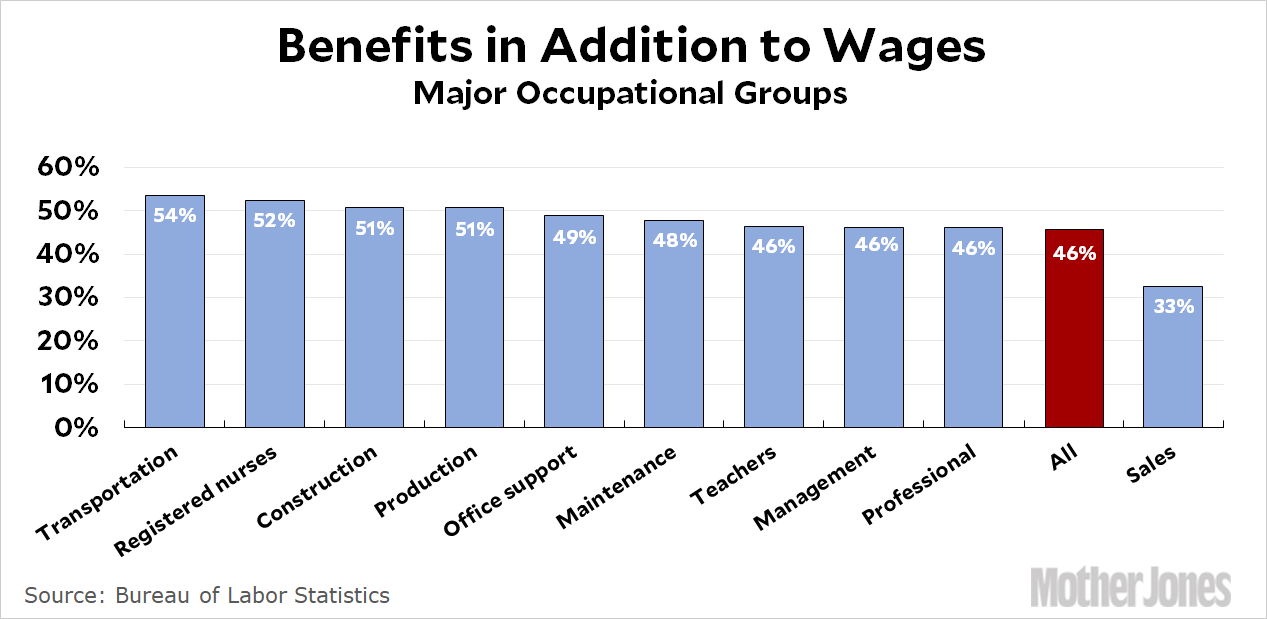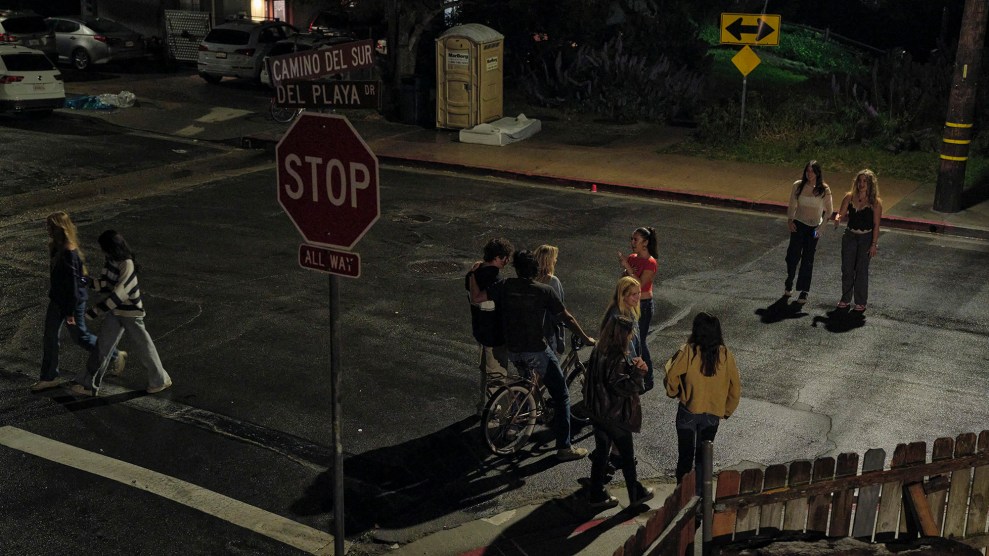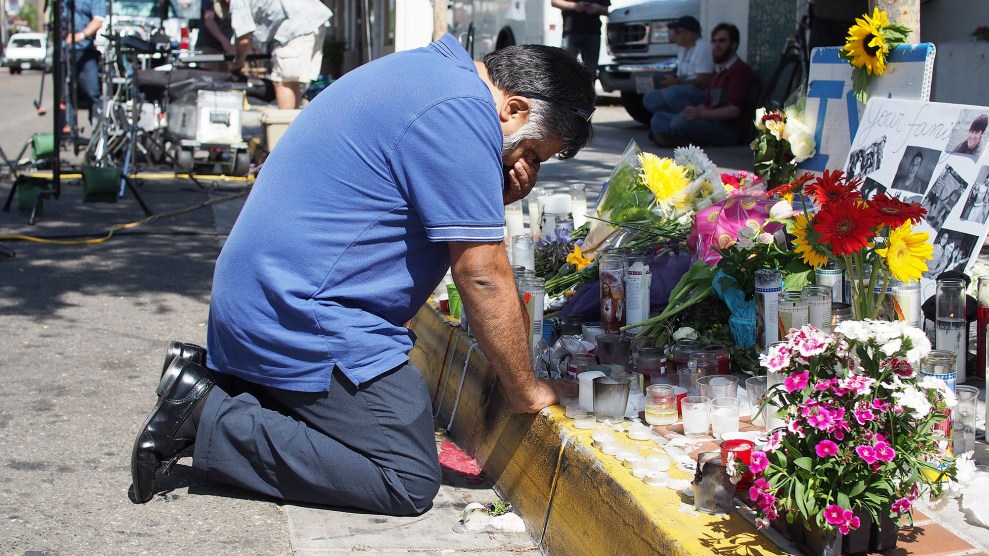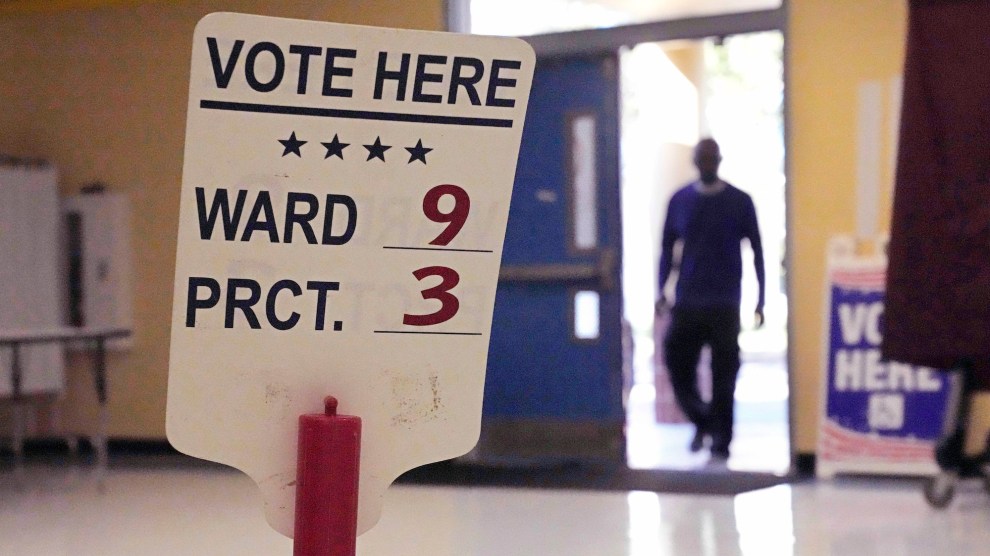How much are we all paid? More than you think! This chart shows how much we earn in benefits as a percentage of our cash wages. These are the ten major occupational groupings defined by the Bureau of Labor Statistics:

The BLS provides average annual earnings for a wide variety of jobs here. All we have to do is add in the benefits based on which occupational group each job belongs to. This gives us a pretty close estimate of the total compensation for each job:

You’ll occasionally be surprised by someone claiming that, say, the average teacher makes more than $90,000. But this true only if you’re talking about total compensation, which includes Social Security payments, health coverage, retirement contributions, vacation time, and so forth. There’s nothing wrong with talking about total comp, but only if you also provide some clear context for comparison. The average middle-school teacher does indeed earn $90,000 all-in—which sounds surprisingly high until you realize that by the same metric, programmers earn $150,000, registered nurses earn $115,000, loan officers earn $110,000, and plumbers earn $87,000. Most people don’t know that unless you point it out.

















